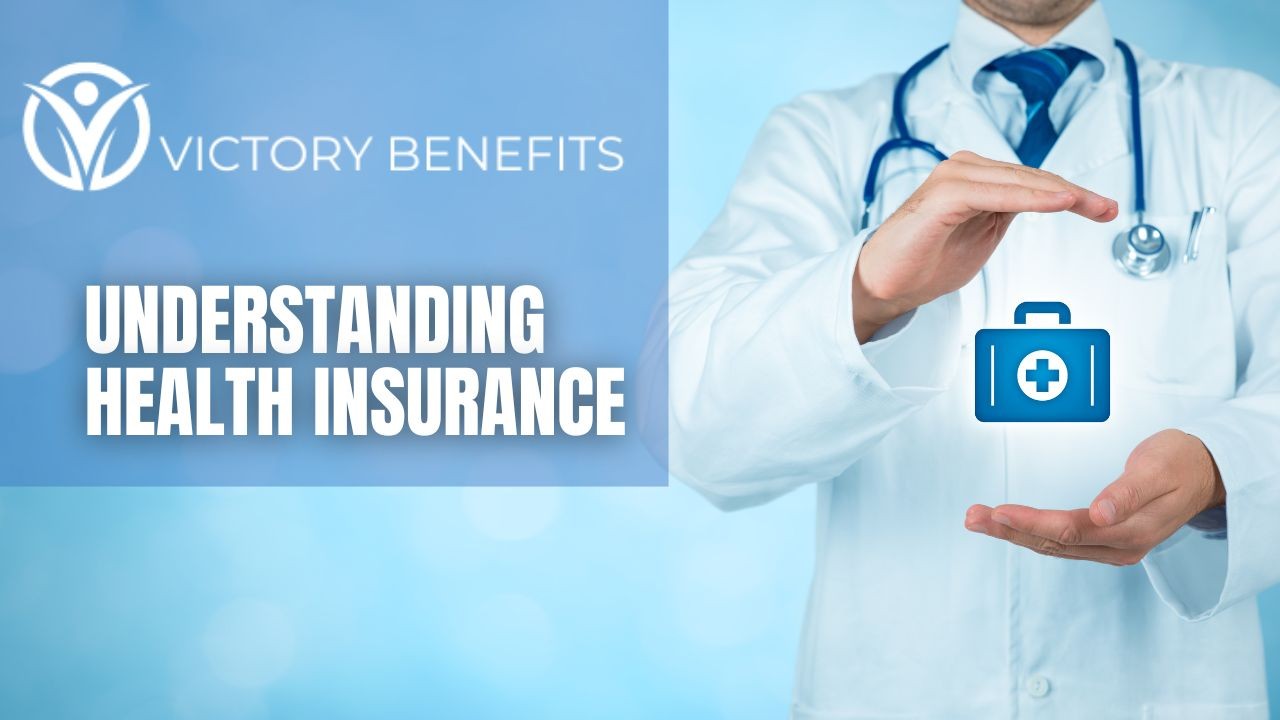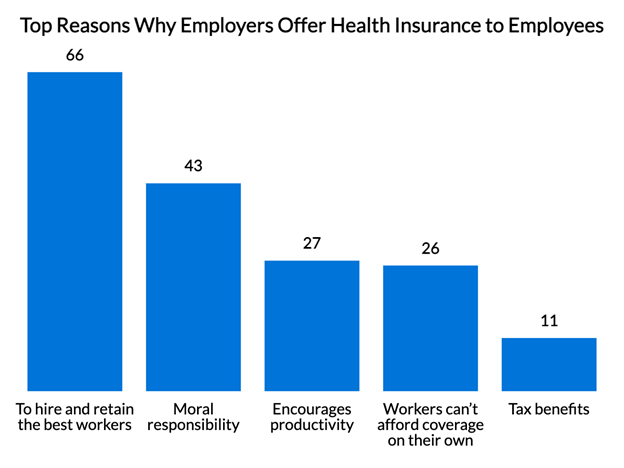Top Guidelines Of Medicare Advantage Agent
Top Guidelines Of Medicare Advantage Agent
Blog Article
The 30-Second Trick For Medicare Advantage Agent
Table of ContentsHow Medicare Advantage Agent can Save You Time, Stress, and Money.Medicare Advantage Agent for BeginnersFacts About Medicare Advantage Agent Revealed

follows from perplexing the relatively young age account of the without insurance with the better wellness, typically, of more youthful individuals. This obscures the web link between health standing and medical insurance. For those without access to workplace medical insurance, inadequate health and wellness is a potential barrier to acquiring nongroup insurance coverage since such coverage may be highly valued, omit pre-existing problems, or be simply unavailable. The number of without insurance Americans is not particularly huge and has not altered in current years. Seven out of 10 respondents in a country wide depictive study believed that less Americans did not have health and wellness insurance than in fact do(Fronstin, 1998). Roughly half(47 percent )thought that the number of individuals without wellness insurance coverage lowered or remained continuous over the last half of the last decade(Blendon et al., 1999). This decline of almost 2 million in the number of individuals 'without insurance policy (a reduction
of about 4 percent)is definitely a favorable adjustment. With a softer economic situation in 2000 the most recent reported gains in insurance protection might not proceed(Fronstin, 2001 ). The decline in the number of uninsured will certainly not proceed if the economy stays slow-moving and health treatment costs continue to exceed rising cost of living. This is since the data were collected for a duration of solid economic performance. Of the approximated 42 million individuals that were uninsured, all but about 420,000(about 1 percent)were under 65 years old, the age at which most Americans come to be eligible for Medicare; 32 million were adults in between ages 18 and 65, around 19 percent of all adults in this age group; and 10 million were youngsters under 18 years old, regarding 13.9 percent of all kids (Mills, 2000). These estimates of the number of individuals without insurance are produced from the annual March Supplement to the Existing Population Study (CPS), performed by the Census Bureau. Unless otherwise kept in mind, national estimates of individuals without health and wellness insurance coverage and proportions of the populace with different sort of insurance coverage are based on the CPS, the most commonly used resource of quotes of insurance policy coverage and uninsurance rates. These studies and the estimates they produce are explained briefly in Table B. 1 in Appendix B - Medicare Advantage Agent. These studies vary in size and sampling methods, the inquiries that are asked regarding insurance
The Medicare Advantage Agent Ideas
insurance coverage, and the time duration over which insurance policy coverage or uninsurance is determined(Lewis et al., 1998, Fronstin, 2000a ). Still, the CPS is specifically useful since it generates annual quotes fairly quickly, reporting the previous year's insurance coverage approximates each September, and due to the fact that it is the basis for a consistent set of estimates for greater than twenty years, enabling evaluation of fads in coverage over time.

Little Known Questions About Medicare Advantage Agent.
The connection between wellness insurance and access to care is well developed, as recorded later on in this phase. The relationship between health and wellness insurance policy and health end results is neither direct neither easy, an extensive medical and health and wellness solutions research study literary works web links health insurance policy protection
to improved enhanced accessibility care, better much betterHigh quality and improved boosted individual population populace wellnessStanding The 2nd report, on individual health outcomes for uninsured grownups, is represented by the innermost circle of the figure, while the third report, on family well-being, includes the subjects of the second record however stresses a various unit of analysis, namely, the family.
It focuses especially on those without any health insurance policy for any kind of size of time. The issues faced by the underinsured are in some respects comparable to those dealt with by the uninsured, although they are usually less serious. Uninsurance and underinsurance, nevertheless, involve definitely different plan problems, and the techniques for resolving them might differ. Throughout this research study and the five records to adhere to, the major focus is on individuals without medical insurance and hence no help in paying for health treatment beyond what is readily available with charity and safeguard organizations. Health insurance policy is a powerful factor impacting receipt of treatment due to the fact that both individuals and physicians reply to the out-of-pocket price of solutions. Health insurance policy, however, is neither essential nor adequate to access to clinical services. However, the independent and direct impact of health
insurance policy protection on access to health and wellness solutions is well established. Others will get the healthcare they require also without health insurance coverage, by spending for it out of pocket or seeking it from service providers who supply care free or at extremely subsidized prices. For still others, medical insurance alone does not make sure receipt of treatment because of other nonfinancial barriers, such as an absence of healthcare providers in their community, restricted accessibility to Find Out More transport, illiteracy, or from this source etymological and social differences. Official research regarding without insurance populaces in the USA dates to the late 1920s and very early 1930s when the Board on the Price of Medical Care produced a series of reports about funding physician office check outs and hospital stays. This problem came to be significant as the varieties of clinically indigent climbed during the Great Anxiety. Empirical research studies regularly support the link between access to care and improved wellness end results(Bindman et al., 1995; Starfield, 1995 ). Having a normal resource of treatment can be thought about a predictor of gain access to, instead of a straight action of it, when wellness end results are themselves utilized as gain access to indicators. This extension of the idea of accessibility dimension was made by the IOM Committee on Keeping Track Of Access to Personal Healthcare Services(Millman, 1993, p. Whether parents are insured shows up to impact whether or not their youngsters get care along with just how much careeven if the youngsters themselves have protection(Hanson, 1998). The health of parents can impact their ability to care for their youngsters and the degree of family stress. Fretting about their children's accessibility to care is itself a source of anxiety for parents. 3 chapters adhere to in this report. Phase 2 offers an overview of how employment-based medical insurance, public programs and private insurance plans operate and engage to offer considerable however insufficient coverage of the U.S. populace. This includes an evaluation of historic trends and public laws influencing both public and private insurance policy, a discussion of the interactions amongst the various sorts of insurance policy, and an exam of why individuals relocate from one program to another or finish up

Report this page